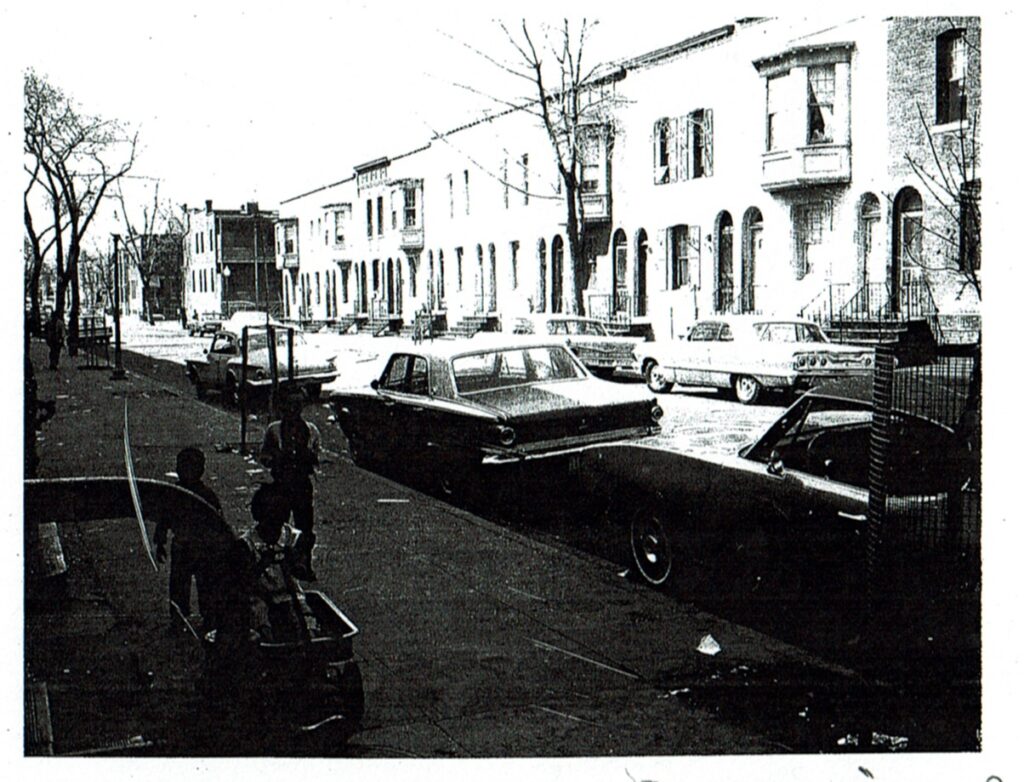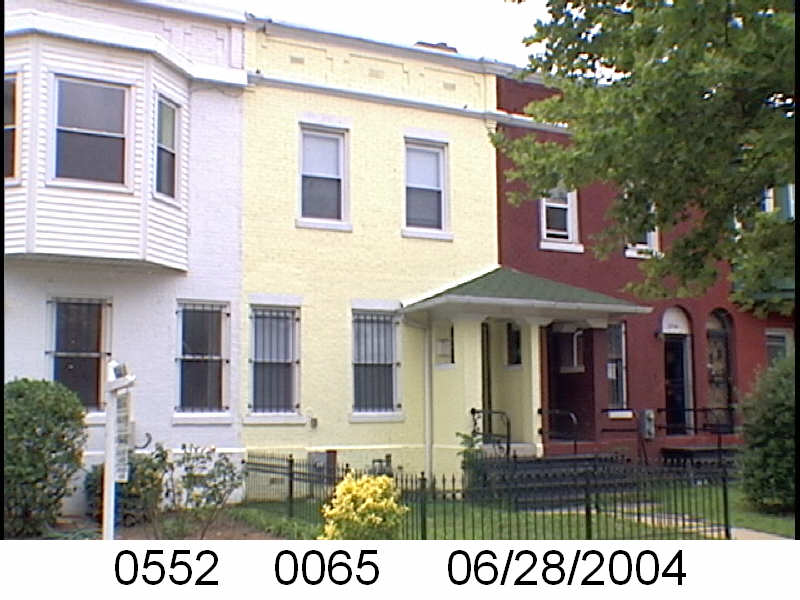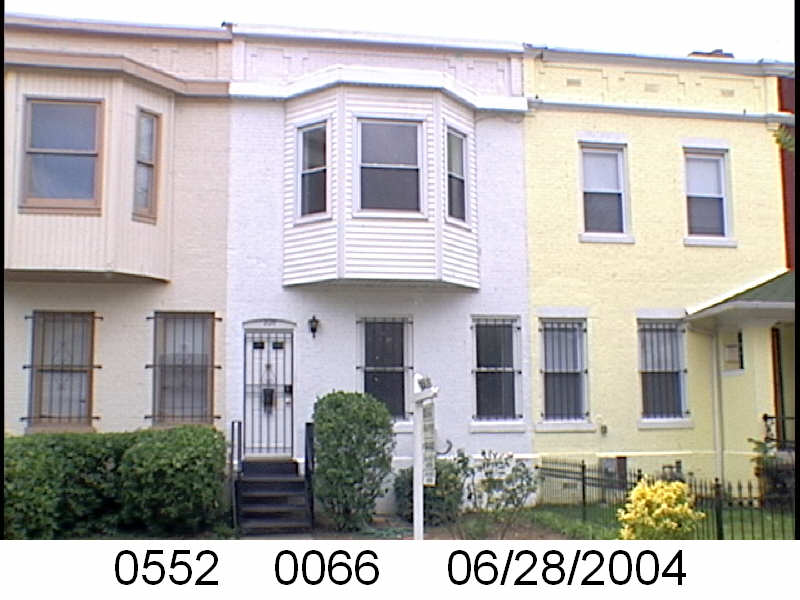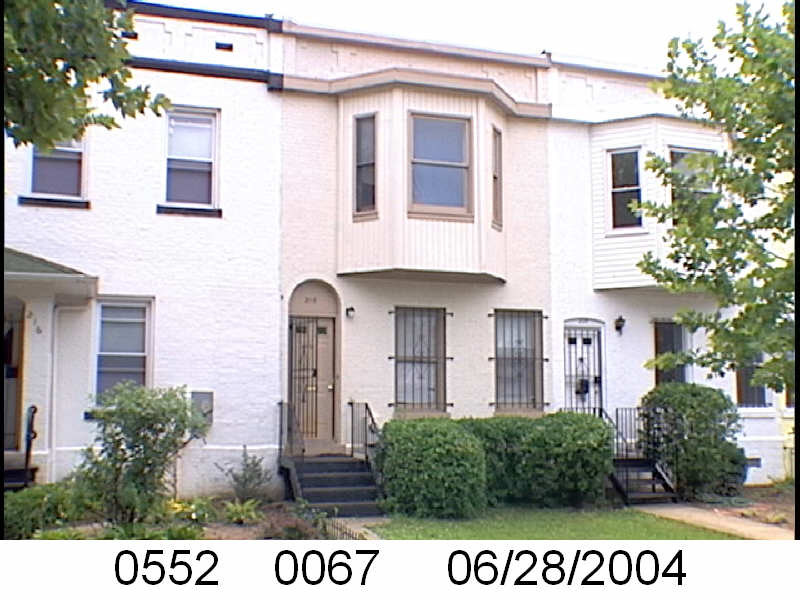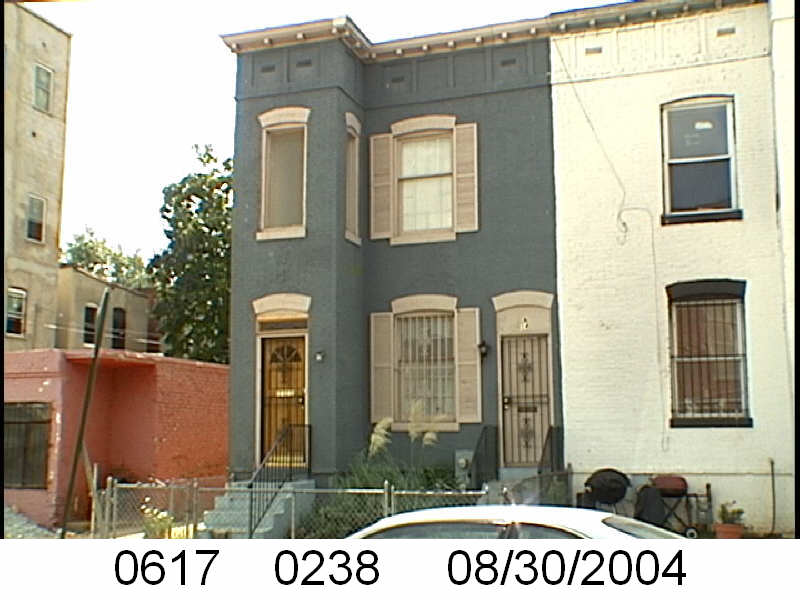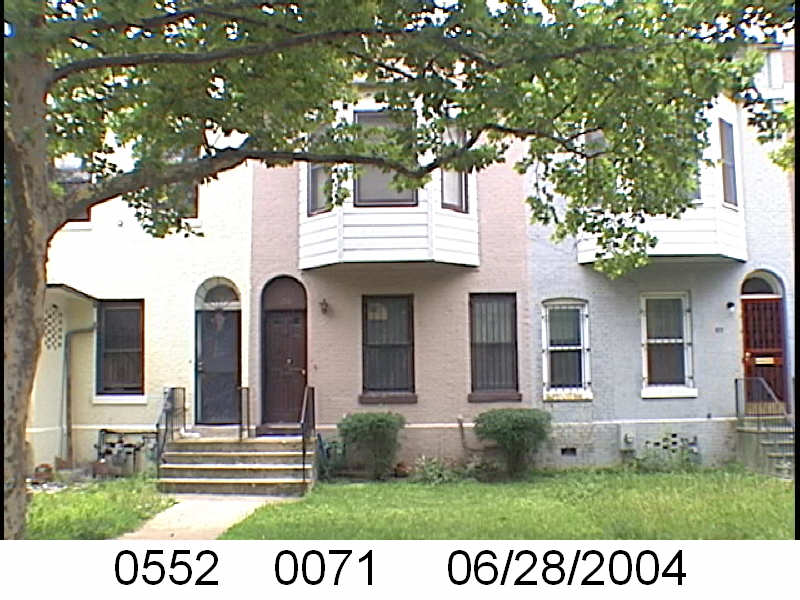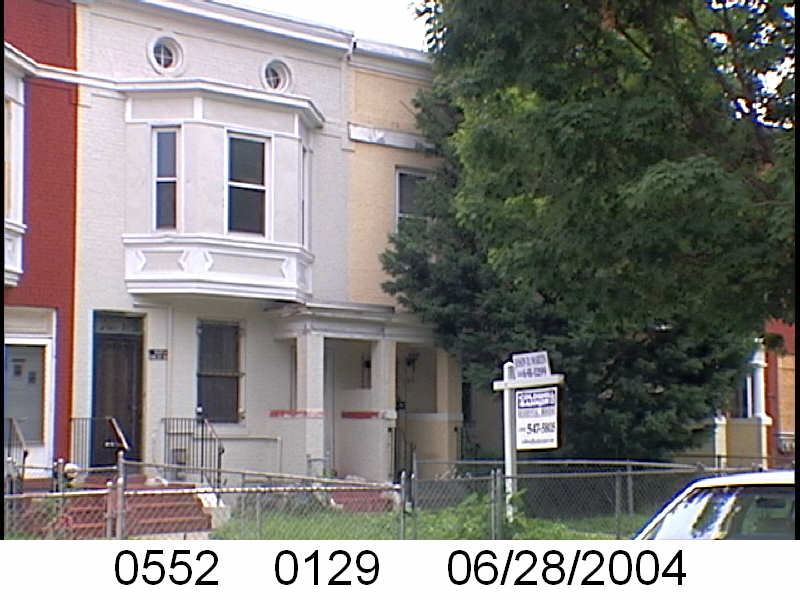There are a lot of these houses. I’m just going to publish these in big batches.
The Washington Sanitary Improvement Company (WSIC) was a late 19th century charitable capitalism experiment that ended in the 1950s. This blog started looking at the homes that were supposed to be sold to African American home buyers, after decades of mainly renting to white tenants.
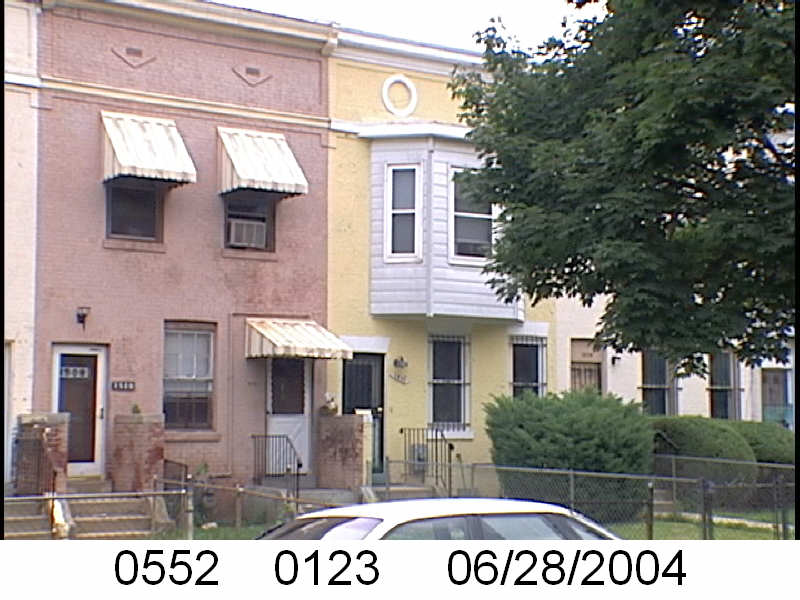
Looking at WSIC properties they tend to have a pattern where the properties were sold to a three business partners, Nathaniel J. Taube, Nathan Levin and James B. Evans as the Colonial Investment Co. for $3 million dollars. Those partners sold to African American buyers. There was usually a foreclosure. Then the property wound up in the hands of George Basiliko and or the DC Redevelopment Land Agency (RLA). Then there was the odd lucky ones who managed to avoid that fate.
Let’s look at 1507 3rd St NW:
- January 1951 Evans, Levin and Taube sold one half of 1507 3rd St NW to Rosie B. and Joseph King.
- January 1951 the Kings borrowed $3,525 from Colonial Investment Co. favorite trustees Abraham H. Levin and Robert G. Weightman.
- December 1950, Evans, Levin and Taube sold the other half of 1507 3rd St NW to Lucille Moore Nauls and Thelma A. Triplin.
- December 1950, Nauls and Triplin borrowed $3,375 from trustees Abraham H. Levin and Robert G. Weightman.
- October 1958, the Kings sold their half back to Evans, Taube and new partner Harry A. Badt.
- February 1960 Lucille M. (formerly Nauls) Ransom, her husband Ernest W. Ransom and Thelma A. Triplin sold the property back to Evans, Taube and Badt.
- November 1961 the Badts, Evans, Taubes, and Wagmans sold 1507 3rd St NW and other properties in a large package to Sophia and George Basiliko.
- At some point between 1971 and 1973 the District of Columbia Redevelopment Land Agency obtained ownership of the property.
As a side note, in 1973 the house was condemned. The condemnation was cancelled in 1974. The condemned again in 1981.
